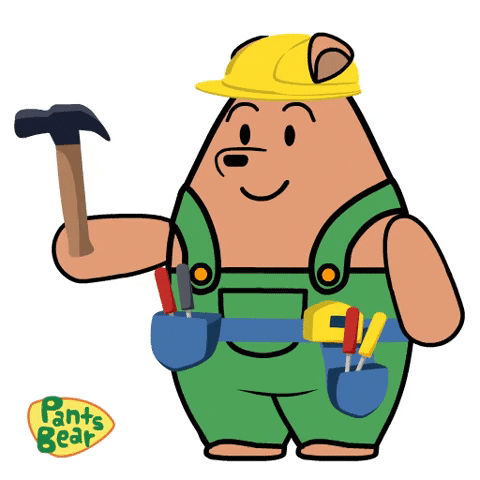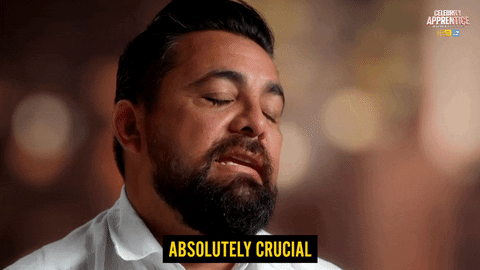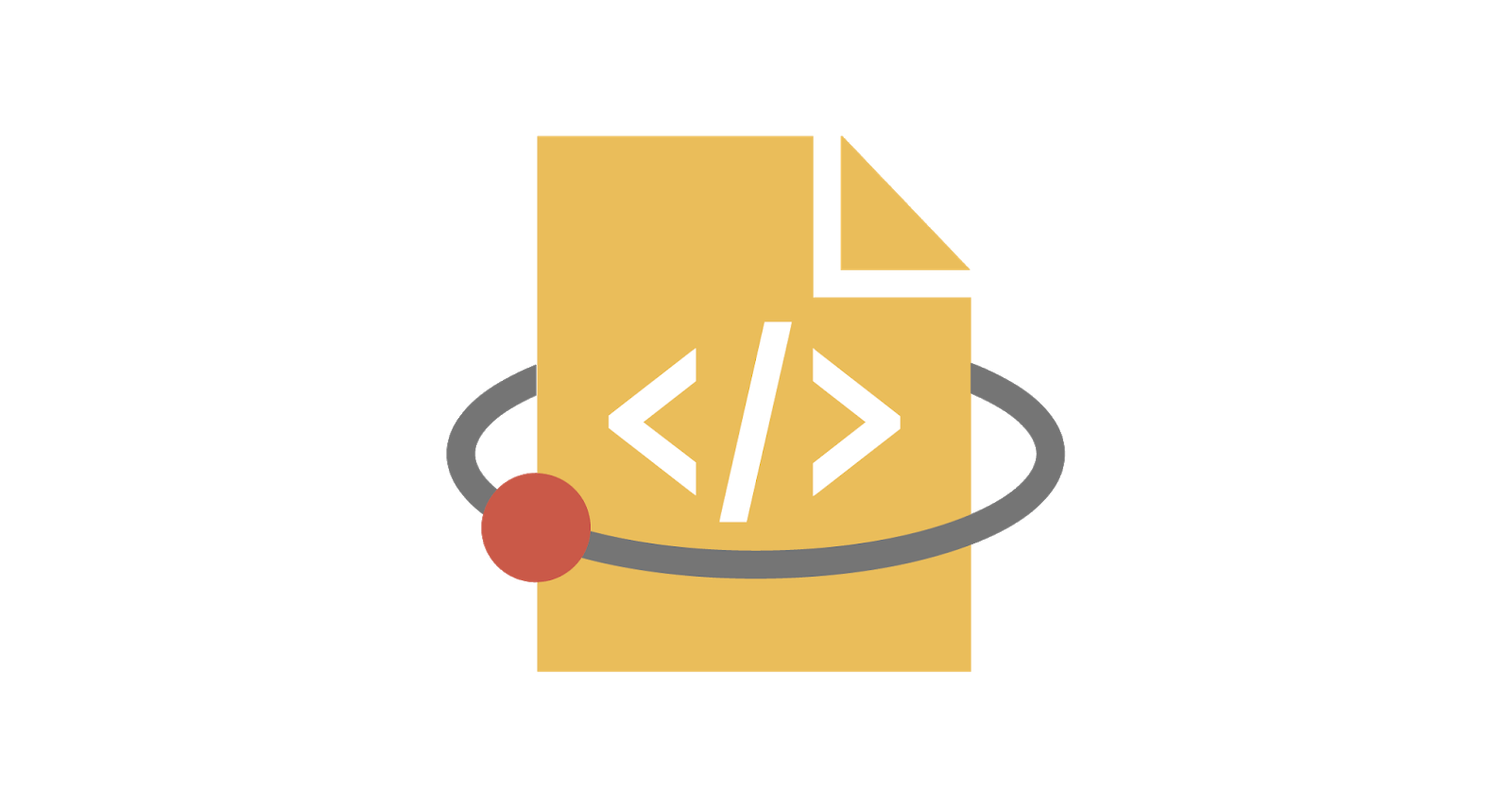One stop solution to all your doubts regarding Google Season of Docs Introduction:
Google believes that open source is good for everyone.
Well, we will have to agree to that.
Being open and freely available enables and encourages collaboration. On top of that, problems get easier when diverse minds solve them together.
In March 2019, Google announced a new program, Google Season of Docs.
This program aims at fostering the open-source contribution of tech geeks passionate about writing.
Oh, don’t be scared of the “passionate writers”! If you are into open-source contribution and want to crack GSOD, bear with me till the end of this blog.
I will divide the entire blog into sections. I told you what GSOD is. Now, let’s see:
What happens during the program:
During GSOD, technical writers work with open-source organizations on their assigned projects. Currently, I am working with the Matplotlib organization on three projects. “I will mix my experience and general instructions to keep this blog alive.”

So, mentors get assigned to writers to help them to understand the codebase, evaluate their work and guide them.
The work varies as per the requirements of the organization. Sometimes, you might have to document the entire project from scratch. Or you might need to reform the existing documentation.
My work is to reform the documentation and add comments to the codebases.
How To Prepare for Google Season of Docs:
First, you have to get familiar with the concept of technical writing. Many of you would have written stuff in school times. Poems, articles, speeches, and whatnot. But technical writing is different. It’s formal, to the point, and, most importantly, user-friendly.

Google has a course on technical writing for free. I also started my journey there. After getting familiar with technical writing, you can have some practice by documenting projects. You can start with your projects as well. Or you can start contributing to Open Source organizations as well.
Many tools are used for documentation nowadays.

You might want to learn the markdown format. As I told you, I am working on three projects. One of them has its code in JavaScript. So we are using JSDocs to document the codebase. For another project, which is in Dart, we are using Effective Dart Documentation.
The tools you use depend on your organization and the technology used in the projects.
You can learn some of them to highlight your interest in technical writing to the organizations.
What to do after the program is announced?
The main work begins when the organizations get announced, around April. This year, around thirty organizations got shortlisted. You must check every organization, learn about them, read their proposals, and shortlist the organizations that match your tech stacks.
It is the most crucial step. I repeat, “Finding the best organization for you is crucial.” It can decide whether you will be enjoying your work throughout the program or not.

You don’t have to know all the technologies used to build the projects. When you go through the organizations’ proposals, there are different projects mentioned. You have to choose one out of them. And you should be familiar with that particular tech stack. Not expert. Just enough so that you can understand their codebase and document it.
After going through all the organizations, you have to shortlist five organizations where you can and want to work. Then, do a thorough analysis.

Go through their codebases, and try to find some good first issues where you can contribute. Check whether you can document that project or not. Go through the community and judge if you like the community or not. And then, shortlist your organizations to two or three.
Now you have to start working on them. Go through the codebases and documentation. Talk to the mentors. Now, you have to highlight yourself in front of the community. Let the mentors know you. But don’t exaggerate it.

So, I analyzed their proposal and repositories and read their readme files. I found some areas which had some scope for improvement. Thus, I recreated those Readme files and created a Pull Request. Due to this, I became a contributor to the organization. I also showcased my documentation skills.
After analyzing the projects, you are supposed to write a proposal.
How to write a proposal?
A proposal is a written document outlining everything that your project mentors need to know.
Your proposal should include these sections:
Abstract: A brief introduction.
The Current State of the Project.
How your proposed documentation or ideas will be an improvement to the project?
Analysis: I made this section as detailed as possible. I mentioned the areas which could be improved and how I planned to work on them. Since there were three repositories, I made a different section for them.
Proposed documentation structure: You can add this section if it is required to create the documentation from scratch or reform it.
Timeline: This is a detailed section where you divide your work weekly. Make a table in which you have to mention what you will do in a particular week till the end of the program.
You can add more, for instance, your past experiences in technical writing, why you chose this project, and personal information.
You have to sell your idea to the mentors through your proposal. It should summarize your project and make the mentors feel inclined toward you.

So that was all about Google Season of Docs. I hope I highlighted all the important aspects of Google Season Of Docs and got you guys ready to crack the program!
All The Best

